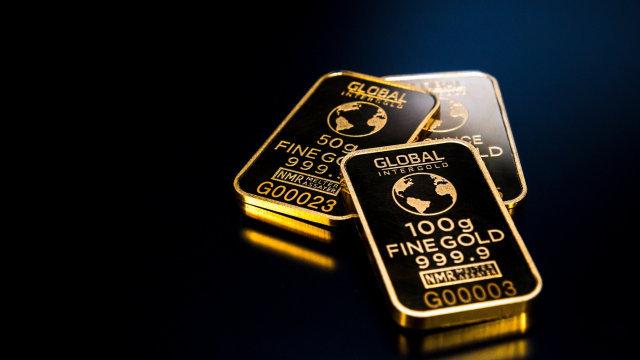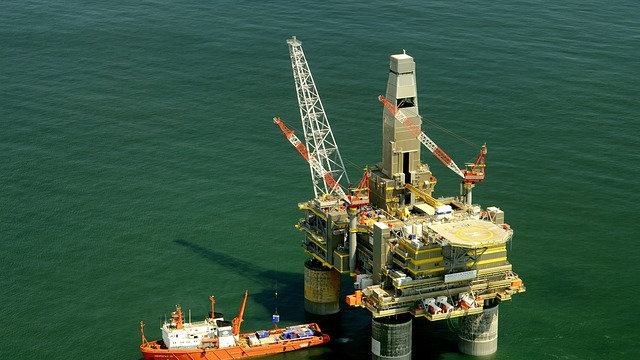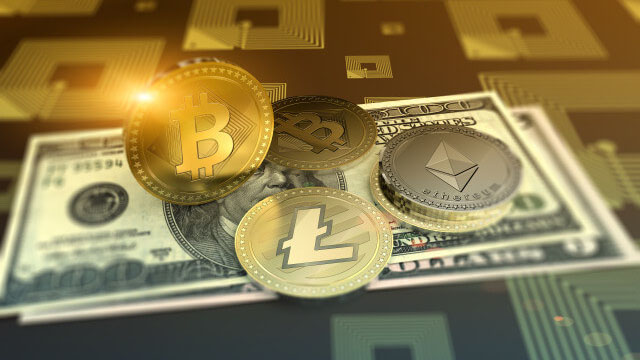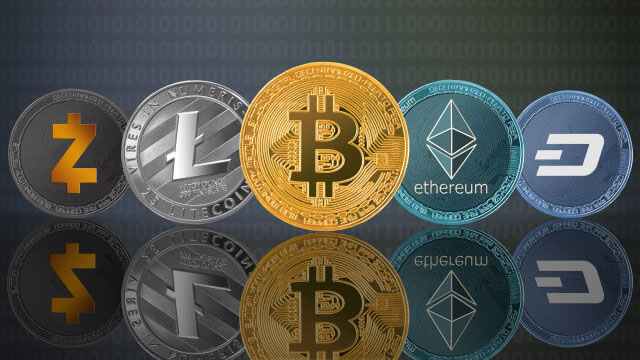
 841
841
Geopolitical Tensions Drive Investors to Safe-Haven Assets
Hezbollah initiated a significant attack on Israel early on Sunday, launching a barrage of rockets and drones. In response, the Israeli military executed a series of pre-emptive strikes in southern Lebanon, aimed at neutralizing what was anticipated to be a large-scale offensive from Hezbollah. Amidst rising tensions, the Israeli foreign minister stated that the country does not desire a full-scale war; however, Prime Minister Benjamin Netanyahu indicated that this situation may escalate further.
Simultaneously, the situation in Gaza remains precarious as Hamas has dismissed new conditions set by Israel for a ceasefire. This has raised concerns about the viability of US-led negotiations aimed at ceasing the ongoing conflict that has persisted for ten months.
In financial markets, the immediate reaction has been modest. Currently, the price of gold is experiencing a slight uptick, trading 0.11% higher at $2,515 per ounce, reflecting the increased demand for safe-haven assets in light of geopolitical tensions.
Understanding the dynamics of risk sentiment is crucial when observing market reactions. The terms “risk-on” and “risk-off” describe the willingness of investors to engage with varying levels of risk based on market conditions. In a “risk-on” environment, investors tend to favor equities and commodities, anticipating future growth. Conversely, in “risk-off” scenarios, they gravitate toward safer investments such as government bonds and gold to shield their capital from volatility.
During “risk-on” periods, commodity-linked currencies, like the Australian and Canadian dollars, typically strengthen due to increased demand for raw materials. In contrast, during “risk-off” phases, the US dollar, Japanese yen, and Swiss franc generally appreciate, as investors seek the relative safety and stability these assets provide. Overall, current geopolitical tensions underscore a complex interplay between market sentiment and investment strategies.














